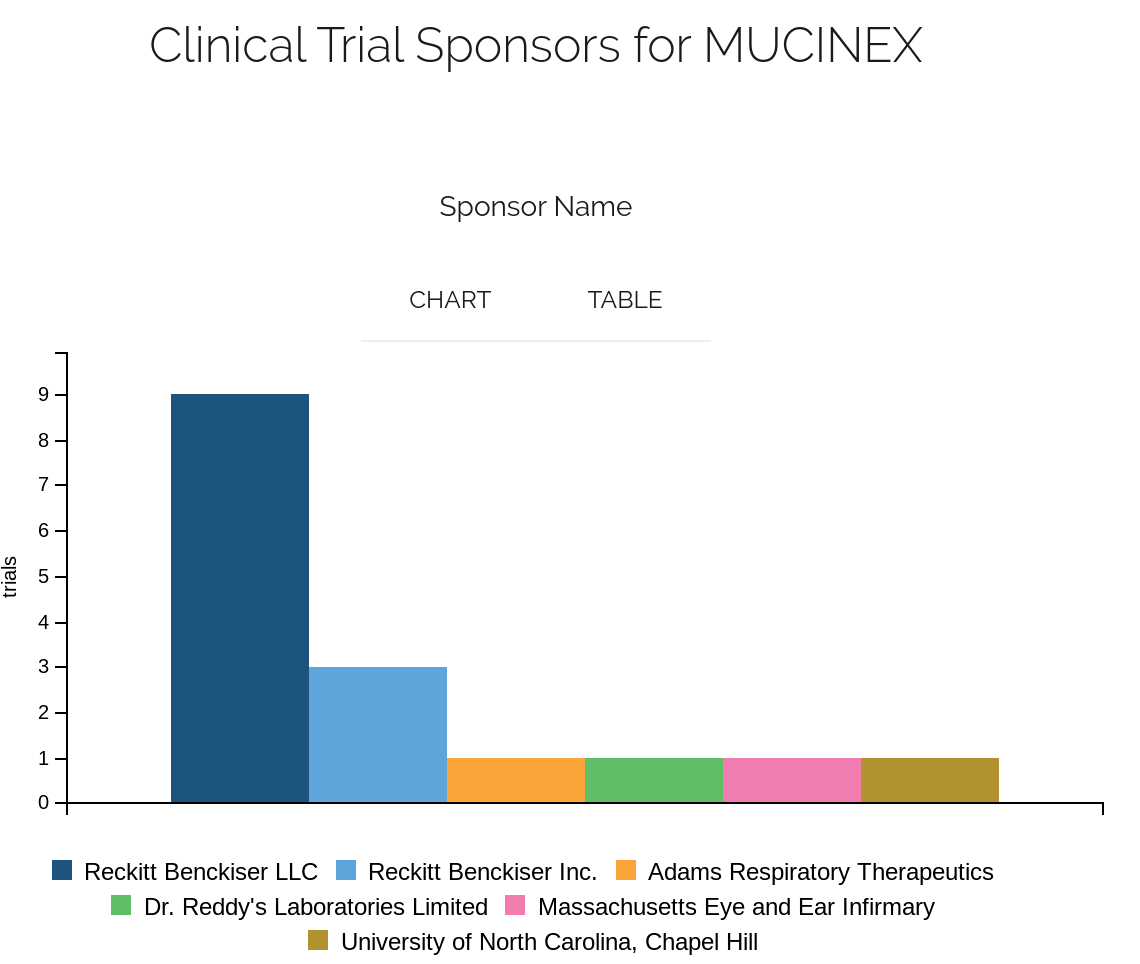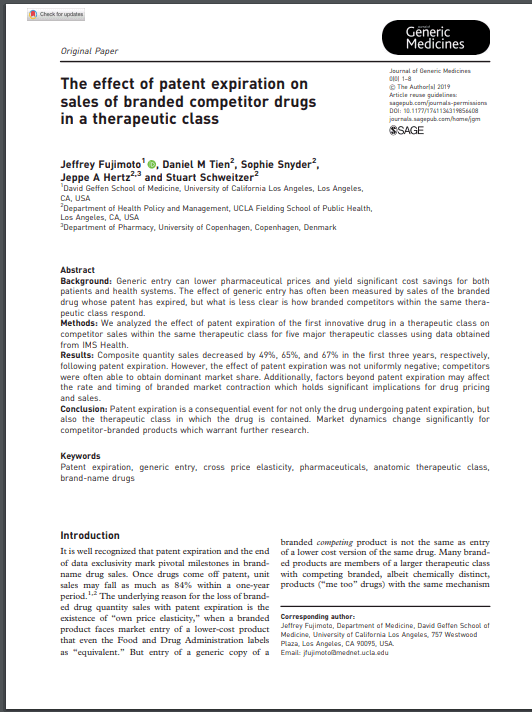Patent litigation can be a high-stakes game with far-reaching consequences. As businesses and innovators strive to protect their inventions and navigate the legal landscape, the ability to predict patent litigation outcomes has become increasingly valuable. This article delves into five powerful methods that can help you forecast the results of patent disputes, empowering you to make informed decisions and develop winning strategies.
The Importance of Predicting Patent Litigation Outcomes
Before we dive into the specific methods, let’s take a moment to understand why predicting patent litigation outcomes is so crucial in today’s business environment. Patent litigation can be incredibly costly and time-consuming, often stretching on for years and draining valuable resources. By accurately forecasting the potential outcomes, companies can:
- Make informed decisions about whether to pursue litigation or seek alternative resolutions
- Allocate resources more effectively
- Develop stronger negotiation strategies
- Minimize financial risks
- Protect their intellectual property more efficiently
With these benefits in mind, let’s explore the five ways you can predict patent litigation outcomes and gain a competitive edge in the world of intellectual property.
1. Leveraging Artificial Intelligence and Machine Learning
In recent years, artificial intelligence (AI) and machine learning (ML) have revolutionized many industries, and the legal field is no exception. These cutting-edge technologies are now being applied to predict patent litigation outcomes with impressive accuracy.
How AI and ML Work in Patent Litigation Prediction
AI and ML algorithms analyze vast amounts of historical patent litigation data, including court decisions, judge profiles, patent characteristics, and litigant information. By identifying patterns and correlations within this data, these systems can generate predictions about the likely outcomes of new cases.
Benefits of AI-Powered Prediction
- Increased accuracy: AI systems can process and analyze more data than humans, leading to more accurate predictions.
- Time-saving: Automated analysis can provide quick insights, allowing legal teams to focus on strategy development.
- Continuous learning: ML algorithms improve over time as they process more data, becoming increasingly accurate.
Limitations and Considerations
While AI and ML offer powerful predictive capabilities, it’s important to remember that they are tools to augment human expertise, not replace it. Legal professionals should use these technologies in conjunction with their own knowledge and experience for the best results.
“AI-powered patent litigation prediction tools have the potential to revolutionize how we approach intellectual property disputes. However, they should be seen as a complement to human expertise rather than a replacement.” – Dr. Sarah Chen, AI and Legal Technology Expert
2. Analyzing Historical Data and Case Law
While AI and ML represent the cutting edge of patent litigation prediction, traditional methods of analyzing historical data and case law remain invaluable. By examining past cases with similar characteristics, legal professionals can gain insights into how courts might rule on current disputes.
Key Factors to Consider in Historical Analysis
- Patent classification and technology area
- Jurisdiction and specific court
- Judge’s track record in similar cases
- Precedents set by higher courts
- Outcomes of cases involving similar patents or technologies
Tools for Efficient Historical Analysis
To streamline the process of analyzing historical data, legal professionals can utilize specialized databases and software tools designed for patent litigation research. These platforms often provide advanced search capabilities, allowing users to quickly identify relevant cases and extract key information.
Combining Historical Analysis with Modern Techniques
For optimal results, consider integrating traditional historical analysis with more modern predictive methods. This hybrid approach can provide a more comprehensive view of potential outcomes and increase the accuracy of your predictions.
3. Assessing the Strength of the Patent
The strength of the patent itself is a critical factor in predicting litigation outcomes. A thorough evaluation of the patent’s validity, enforceability, and scope can provide valuable insights into its likelihood of withstanding legal challenges.
Key Aspects of Patent Strength Assessment
- Novelty and non-obviousness
- Clarity and completeness of the patent specification
- Breadth and specificity of claims
- Prior art considerations
- Prosecution history
Utilizing Patent Strength Scoring Systems
Several organizations have developed scoring systems to quantify patent strength. These systems typically consider factors such as citation frequency, family size, and technological relevance to assign a numerical score to each patent. While not infallible, these scores can provide a quick initial assessment of a patent’s potential performance in litigation.
The Role of Expert Opinions
In addition to objective measures, seeking expert opinions from patent attorneys, technical specialists, and industry experts can provide valuable insights into a patent’s strength. These professionals can offer nuanced perspectives on the patent’s technical merits and potential vulnerabilities.
“A comprehensive assessment of patent strength is crucial for predicting litigation outcomes. It’s not just about the legal aspects – understanding the technical intricacies and market relevance of the invention is equally important.” – Dr. Michael Thompson, Patent Strategy Consultant
4. Evaluating Litigant Characteristics and Resources
The parties involved in patent litigation can significantly influence the outcome of a case. Assessing the characteristics and resources of both the plaintiff and defendant can provide valuable insights into the likely course and resolution of the dispute.
Key Litigant Factors to Consider
- Company size and financial resources
- Litigation history and experience
- Reputation in the industry
- Quality of legal representation
- Motivation for litigation (e.g., competitive advantage, licensing revenue)
The Impact of Non-Practicing Entities (NPEs)
Non-practicing entities, often referred to as “patent trolls,” can significantly affect litigation outcomes. Understanding the strategies and success rates of NPEs in similar cases can help predict the likely result of a current dispute involving these entities.
Assessing Settlement Likelihood
By evaluating litigant characteristics, you can also gauge the likelihood of a settlement before the case reaches trial. Factors such as the parties’ financial positions, risk tolerance, and potential for ongoing business relationships can influence their willingness to settle.
5. Utilizing Predictive Analytics and Statistical Modeling
Predictive analytics and statistical modeling techniques offer a data-driven approach to forecasting patent litigation outcomes. These methods combine elements of the previously discussed approaches with advanced statistical analysis to generate probability-based predictions.
Key Components of Predictive Analytics in Patent Litigation
- Data collection and cleaning
- Feature selection and engineering
- Model development and training
- Validation and testing
- Interpretation and application of results
Popular Statistical Models for Litigation Prediction
Several statistical models have shown promise in predicting patent litigation outcomes:
- Logistic regression
- Decision trees and random forests
- Support vector machines (SVM)
- Neural networks
Each of these models has its strengths and weaknesses, and the choice of model often depends on the specific characteristics of the case and available data.
Interpreting and Applying Predictive Analytics Results
It’s crucial to remember that predictive analytics provides probabilities rather than certainties. Legal professionals should use these predictions as one tool among many in their decision-making process, combining statistical insights with their own expertise and judgment.
“Predictive analytics in patent litigation is not about replacing human decision-making. It’s about providing data-driven insights that can inform and enhance the strategic choices made by legal professionals.” – Prof. Emily Rodriguez, Legal Analytics Researcher
Integrating Multiple Prediction Methods for Comprehensive Insights
While each of the five methods discussed can provide valuable insights on its own, the most effective approach to predicting patent litigation outcomes often involves integrating multiple methods. By combining different predictive techniques, you can develop a more comprehensive and nuanced understanding of potential case outcomes.
Benefits of a Multi-Method Approach
- Increased accuracy through cross-validation
- Identification of potential blind spots or biases in individual methods
- More robust predictions that account for a wider range of factors
- Enhanced ability to explain and justify predictions to stakeholders
Challenges of Integration
Integrating multiple prediction methods can be complex and may require specialized expertise. Challenges include:
- Reconciling conflicting predictions from different methods
- Determining appropriate weightings for each method
- Ensuring data consistency across different approaches
- Interpreting and communicating complex, multi-faceted predictions
Best Practices for Method Integration
To effectively integrate multiple prediction methods, consider the following best practices:
- Develop a clear framework for combining and weighting different predictive inputs
- Regularly validate and calibrate your integrated approach against actual case outcomes
- Maintain transparency about the methods used and their limitations
- Continuously refine and update your approach based on new data and emerging technologies
The Future of Patent Litigation Prediction
As technology continues to advance and our understanding of patent litigation dynamics deepens, the field of outcome prediction is likely to evolve rapidly. Some emerging trends and potential future developments include:
1. Advanced Natural Language Processing (NLP)
Improvements in NLP technology may enable more sophisticated analysis of legal documents, patent specifications, and court transcripts, leading to more accurate predictions.
2. Blockchain for Patent Management
The integration of blockchain technology in patent management could provide more transparent and reliable data for litigation prediction models.
3. Quantum Computing
As quantum computing becomes more accessible, it could revolutionize the processing of complex patent litigation data, enabling even more accurate and rapid predictions.
4. Increased Regulatory Scrutiny
As predictive technologies become more prevalent in legal decision-making, we may see increased regulatory attention and guidelines for their use in patent litigation.
Ethical Considerations in Patent Litigation Prediction
As we embrace these powerful predictive tools, it’s crucial to consider the ethical implications of their use in patent litigation. Some key ethical considerations include:
- Transparency: Ensuring that all parties understand when and how predictive technologies are being used
- Fairness: Addressing potential biases in predictive models that could disadvantage certain parties
- Privacy: Protecting sensitive data used in predictive analyses
- Accountability: Determining responsibility for decisions influenced by predictive technologies
- Access to justice: Ensuring that predictive tools don’t create an unfair advantage for well-resourced litigants
Implementing Predictive Strategies in Your Patent Litigation Approach
Now that we’ve explored the various methods for predicting patent litigation outcomes, let’s discuss how to effectively implement these strategies in your approach to intellectual property disputes.
1. Develop a Comprehensive Prediction Framework
Create a structured approach that integrates multiple prediction methods, tailored to your organization’s needs and resources.
2. Invest in Technology and Expertise
Allocate resources to acquire necessary predictive tools and technologies, and consider hiring or training specialists in legal analytics and prediction.
3. Foster a Data-Driven Culture
Encourage a mindset that values data-driven insights alongside traditional legal expertise.
4. Regularly Validate and Refine Your Approach
Continuously assess the accuracy of your predictions and refine your methods based on actual case outcomes.
5. Integrate Predictions into Decision-Making Processes
Develop clear protocols for incorporating predictive insights into your litigation strategy and decision-making processes.
Key Takeaways
- Predicting patent litigation outcomes is crucial for effective resource allocation and strategy development.
- AI and machine learning offer powerful new tools for outcome prediction, but should be used in conjunction with human expertise.
- Traditional methods like historical data analysis and patent strength assessment remain valuable.
- Evaluating litigant characteristics can provide important insights into potential case outcomes.
- Predictive analytics and statistical modeling offer data-driven approaches to forecasting.
- Integrating multiple prediction methods can provide more comprehensive and accurate insights.
- The future of patent litigation prediction is likely to involve advanced technologies like NLP and quantum computing.
- Ethical considerations are crucial when implementing predictive technologies in legal contexts.
- Successful implementation of predictive strategies requires a comprehensive framework, investment in technology and expertise, and a data-driven culture.
- Regular validation and refinement of predictive approaches is essential for maintaining their effectiveness.
Frequently Asked Questions (FAQs)
- Q: How accurate are AI-powered patent litigation prediction tools?
A: The accuracy of AI-powered prediction tools can vary, but some studies have shown accuracy rates of up to 80% for certain types of cases. However, it’s important to note that these tools are continually improving and should be used in conjunction with human expertise for the best results. - Q: Can predictive analytics be used for all types of patent litigation cases?
A: While predictive analytics can be applied to a wide range of patent litigation cases, its effectiveness may vary depending on the specific characteristics of the case and the availability of relevant historical data. Some niche or highly specialized areas of patent law may present challenges for predictive modeling. - Q: How can small businesses or individual inventors benefit from patent litigation prediction methods?
A: Small businesses and individual inventors can benefit from these methods by making more informed decisions about whether to pursue litigation, helping them allocate limited resources more effectively, and potentially leveling the playing field when facing larger opponents with more resources. - Q: Are there any legal restrictions on using predictive technologies in patent litigation?
A: Currently, there are no specific legal restrictions on using predictive technologies in patent litigation. However, legal professionals must ensure that their use of these tools complies with ethical guidelines and does not compromise client confidentiality or create conflicts of interest. - Q: How often should predictive models be updated to maintain their accuracy?
A: The frequency of updates depends on various factors, including the rate of change in patent law, the volume of new cases, and technological advancements. As a general rule, models should be regularly validated against new case outcomes and updated at least annually, if not more frequently, to maintain their accuracy and relevance.
References
- https://www.lexisnexis.com/community/insights/legal/b/thought-leadership/posts/ai-and-machine-learning-in-patent-litigation
- https://www.ipwatchdog.com/2022/03/15/ai-patent-litigation-predictions-future-ip-disputes/id=147053/
- https://www.iam-media.com/article/patent-strength-assessment-key-successful-litigation-strategy
- https://www.law.com/legaltechnews/2021/06/15/the-role-of-predictive-analytics-in-patent-litigation/






















